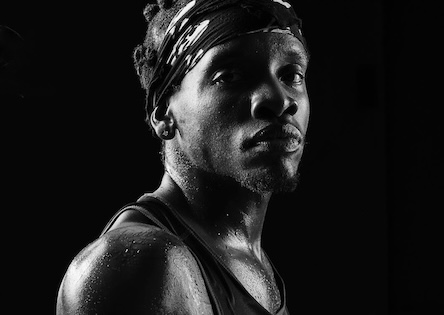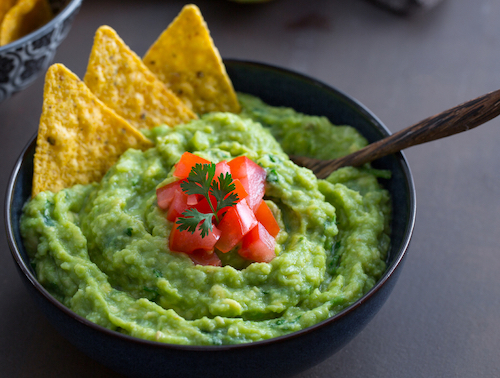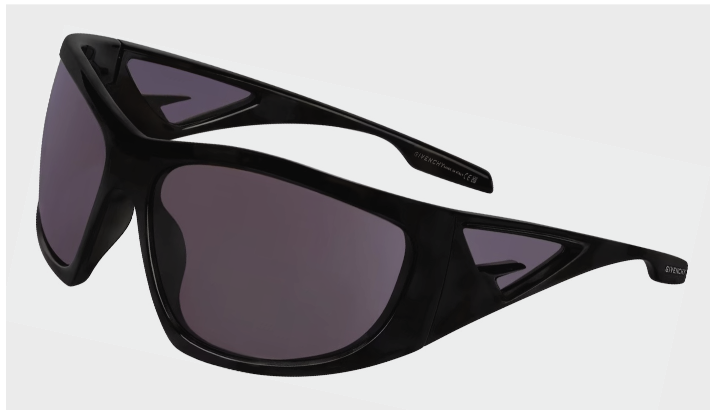Opening Thursday, June 9, at Steven Kasher Gallery in New York is Neil Latham: American Thoroughbred, an exhibition that features over 25 large-scale black and white photographs of America’s greatest race horses. The show is being held in conjunction with the publication of Latham’s monograph American Thoroughbred on the eve of the 2016 Belmont Stakes.
The collection of images represents a 3-year journey in which Latham fully immersed himself into the sport of horse racing and its thoroughbreds. A drive upstate into horse country north of New York City, to clear his head after his mother’s passing, inspired the project with a chance spotting of a horse and a familiar muscularity. “I saw the muscular shoulder of a horse standing by a fence, and I flashed on my mother’s similar back shoulder as she worked in her rose garden,” says Latham. “I stopped breathing. I hit the brakes and stared.”
Convincing the most notable owners and trainers to let him photograph their multimillion-dollar racehorses, the project took him from the racetrack of Saratoga to the horse farms of Kentucky to the ranches of Southern California, where he photographed such thoroughbred legends as A.P. Indy, Curlin, Tapit, Rachel Alexandra, and Zenyatta — as well as American Pharoah, last year’s heralded Triple Crown winner.
The images are studied portraits of these animals, graphic and architectural, each one carefully planned and sketched out in advance. Traveling with a portable studio, he photographed the horses on a black backdrop, 20 feet tall by 36 feet wide, which was rotated 10 degrees every fifteen minutes to maintain the perfect angle to the sun. He decided to use only natural lighting and chose to shoot on film with medium and large-format cameras. “To portray true essence, the image has to be truthful. I used film because it can’t be manipulated like digital photography. Film also gives a softness and subtlety that enhanced the emotional connection.”
What is apparent in these images is his Latham’s passion for the sport’s majestic creatures that evolved into a true love affair, as we discovered when we chatted with him about this body of work. Reminiscing about the journey and sharing stories of the horses he photographed kept a smile on his face throughout his conversation with Style Of Sport:
STYLE OF SPORT: I’m very intrigued about what started you on this photographic journey. Can you tell us more about the connection for you between the horses and your mother?
NEIL LATHAM: I was driving upstate and happened to see a horse out of corner of my eye. I saw something so beautiful and its muscle structure reminded me of my mother. I had to stop and photograph it. My mother was a very athletic woman. She was such an incredibly strong person mentally and physically. When I saw the shoulder of that horse, my mother immediately came to my mind in a very happy way. When I got back to the darkroom and was developing the negatives, I saw something so beautiful I had to print it immediately, and that just captivated me. It started this journey which went on for many years and many road miles as well.
SOS: Tell us about this journey.
NL: I’ve always been incredibly interested in form and architecture, and the concept of shape and color, and that’s what I saw through the lens. I set up a series phone calls to thoroughbred farms in upstate New York and found a couple of willing participants. They weren’t quite sure what I was up to, but were game for it anyway.
Part of what interested me was to capture something intelligent. What I mean by that is you really have to take some time to study the photographs to understand what you’re looking at. The internet has changed so much. Pictures have become a commodity and I wanted to create curiosity in one’s mind and compel you to look further – to look for the sign in the pictures that would lead you to the answers. That was a massive part of my vision for the project.
SOS: Where did you go next?
NL: After I knew I had something with the farms upstate I did the next logical thing that a crazy Englishman like me would do. I started calling up the most famous thoroughbred farms in the country. I met a wonderful gentleman who owned a farm upstate and he got me in touch with this trainer up in Saratoga. There I was able to really capture the horses fully exercised. When they come off the track it’s called “breezing.” They’re not full tilt, like in race, but they’re conditioning the horse and it’s just stunning. They are primed. Every muscle in their body is in full extension and it’s a beautiful thing to see.
I thought I’d only be there a few days so we booked a motel. Those few days turned into weeks and those weeks turned into months, and so I made a decision to live with the grooms. They have these little dorm rooms they all live in at the track. Partly it was a money issue, but it was about living in the moment, because to understand something, you really have to live it. I felt like I couldn’t really understand that animal unless I was up close and personal night and day. Everyday we were up at 3:30 am. That was the first training session of the day. That’s when they first bring out the horses. They wash them and prep them. Bandage their legs. I was seeing all of that and I was able to walk the stables at night when they were resting.
SOS: From Saratoga you went to Kentucky. How did that compare?
NL: That’s horse country – well, thoroughbred country. That’s where the most famous farms are. I lived in a tent for a long long time. Money was definitely an issue that time. We were staying in a place called the Kentucky Horse Park and camped under this giant oak tree. By the time we left, when we pulled up the tent there was no grass underneath us. The tent had been there that long that the grass had actually stopped growing. It says so much that someone had been there so long that it left a mark forever. I’m probably romanticizing a little bit, but I remember driving off and feeling so sad to leave there.
SOS: So the road trip took you to California next, where the pictures really seem to change. What about California made you do the running shots as opposed to the more portrait and graphic style of Kentucky and Saratoga?
NL: That was just how it happened. I lived in California for a number of months at ranch in southern California where a lot of the running shots were taken. It was amazing just how the animals represent the people. It’s more laid back… it’s a bit freer. In the east you have this contrast of regalness, and sort of pride and arrogance, compared to these horses out west. And that just came out in the pictures. It wasn’t photographed deliberately that way at all. That was the environmental factor. The horses there are unbridled. To see those horses running without any tack on is highly unusual. If you’re a horse person you know that. But out there they did.
SOS: I never really thought about that.
NL: The nights I spent there watching those horses run across the rolling paddocks, it was a moment in life that if I drop dead tomorrow it would be okay, because I’ve seen something so moving. It is super super super special. It’s very raw and it’s very beautiful and all of a sudden all the material things go away. It’s kind of you and the horse and you just get in touch with what is truth and what isn’t.
SOS: You talk so much about your connection to these horses. Do you think they feel any connection with us?
NL: I can comment on one particular experience I had with Zenyatta. She’s a very famous mare who won 19 out of 20 Grade 1 races. They did a 60 Minutes piece on her and actually talk about that. It stunned me because I never thought about it until I met her. I’ll never forget when she walked around the corner and she was just so majestic. The way that she walks is incredibly different, where her front leg comes out. She’s just a very confident horse. And a lot of the horses when they see that backdrop for the first time they just spook. She never even flinched. She walked straight up as if to say, “Ok, let’s do this.”
At the end of the shoot I asked if someone would take a picture of her with me. You have to be very careful around thoroughbreds because they’re very high strung. You never turn your back because they’ll probably nip you if you’re not careful. She put her head under my right arm and I was kind of like, ‘Oh crap.’ I thought she was going to push me or throw me, but she just looked straight at me. I froze and I just looked at her. She was reaching out to me and connecting with me. She just stayed there and it felt like an eternity. It sounds kind of cheesy, but it felt like time stopped. And then she moved away and walked off.
I never really decided when the end of the collection would be. I didn’t know. I didn’t think about it. But after that shoot I knew it was over. I felt incredibly sad, but I finally captured what I set out to do which was to capture the true essence of the thoroughbred. It was both the strength and the fragility of her. That’s the paradox of the thoroughbred.
SOS: You photographed American Pharaoh. That’s the one horse that probably everyone who comes to the show is going to know, especially opening on the eve of the Belmont Stakes where he made history last year as the first Triple Crown winner in 37 years. Tell me about him.
NL: Unfortunately, the timing of the book was off because it was already in print by the time he actually won the Triple Crown. While I knew I couldn’t get him in the book, which was a big disappointment, I knew I could probably get to photograph him. I asked in November, but was told not until the spring because there was so much press around him at the time. I got the call around March-April and went down to Kentucky again. It was about a 7 or 8-minute shoot and he was STUNNING. That is the only way to describe him. You know I’ve seen a lot of thoroughbreds, a lot, and this guy is definitely special. His form is spectacular.
SOS: You must have felt too like you were meeting a celebrity… a rock star!
NL: I was just in awe. Here’s the thing that’s fascinating: there is a similarity between him and Zenyatta, and that similarity is calmness. They have this kind of control about them that wasn’t exhibited in many thoroughbreds that I saw… and grace.
SOS: Hearing you talk, it’s like you’re so in love with these animals.
NL: Yeah, I am. It just brings me so much joy.
SOS: It’s so obvious and incredible to see. Thanks so much for sharing it with us!
Neil Latham: American Thoroughbred is on view June 9 – July 30, 2016 at Steven Kasher Gallery, 515 West 26 St.
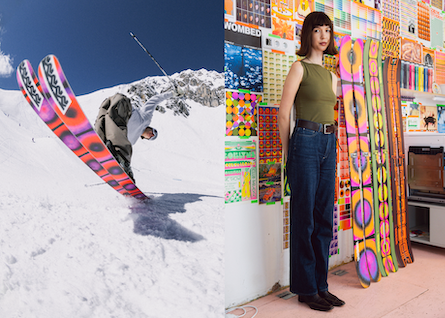
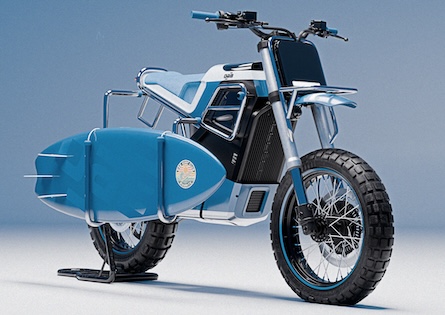
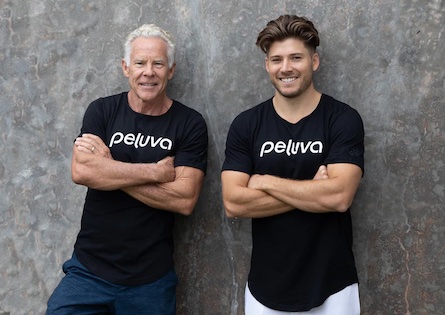
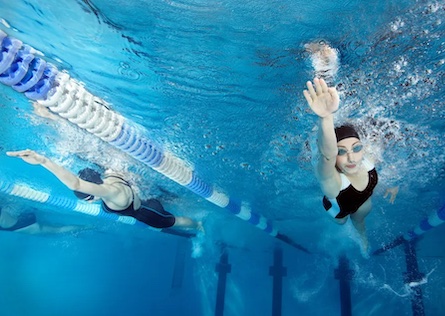




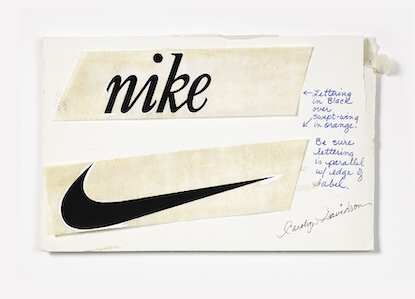
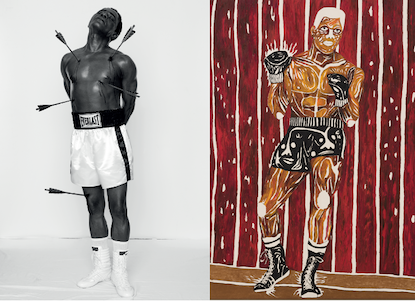
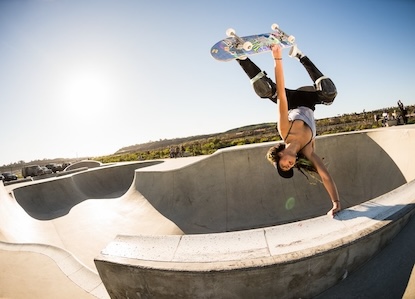
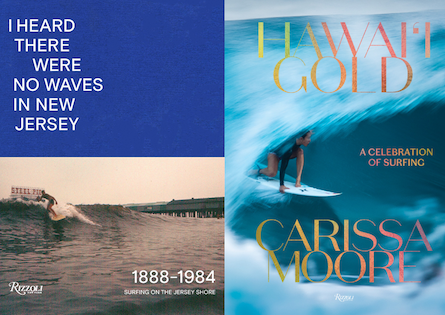



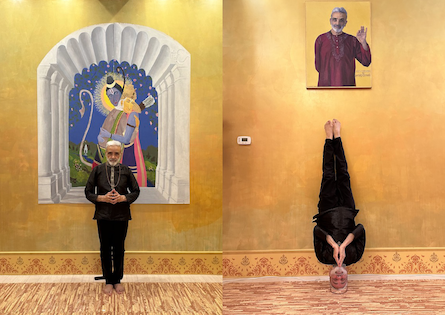
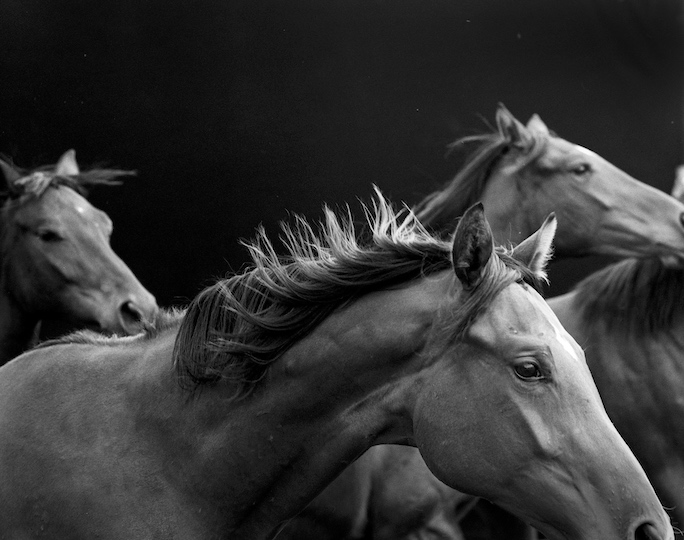



![2 [ Filly 2 ] 2104-09-17-01-08-img468 FINAL copy](https://sofsproduction.wpengine.com/wp-content/uploads/2016/06/2-Filly-2-2104-09-17-01-08-img468-FINAL-copy.jpg)







